HUNAN, China — From June 8-15, 2025, Professor Zhang Duoduo (School of Design, Hunan University) and Professor Nick Bryan-Kinns (Creative Computing Institute, University of the Arts London) co-led an 8-day international collaborative workshop in Huxingshan Yao Township, Longhui County, Hunan. Centered on “Future Making: GenAI and Vernacular Creativity in ICH Communities”, the initiative brought together researchers to examine cultural sustainability amid emerging technologies.
From June 13-15, the workshop welcomed Professor Roger Ball (Georgia Institute of Technology, USA), who contributed human-centered perspectives through field research and co-design activities.
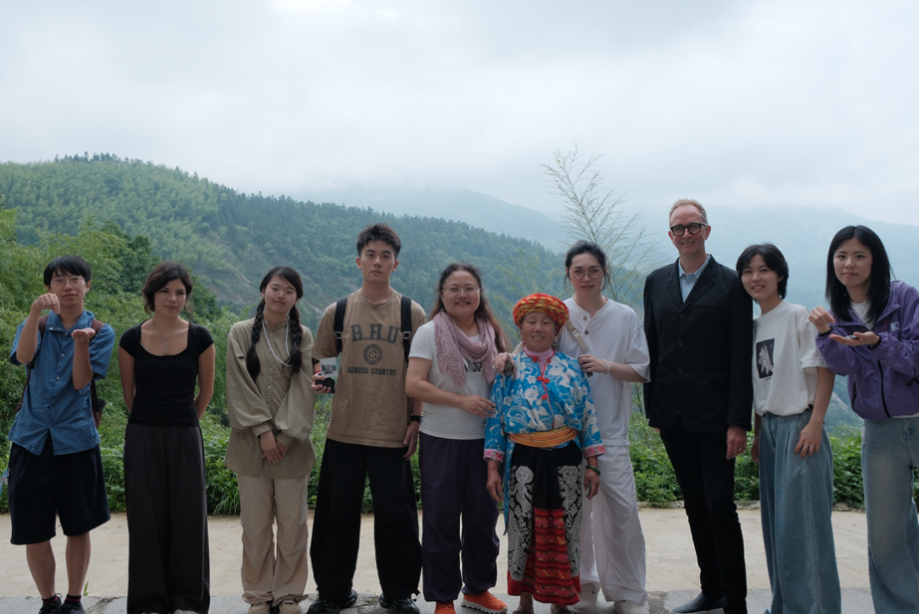
Fig. 1 Group photo with Hua Yao Cross-Stitch ICH Inheritor Feng Tangmei
(Prof. Nick Bryan-Kinns, 3rd from right; Prof. Zhang Duoduo, 5th from left)
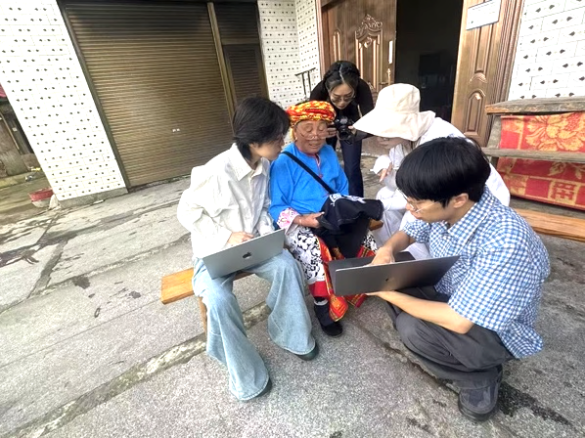
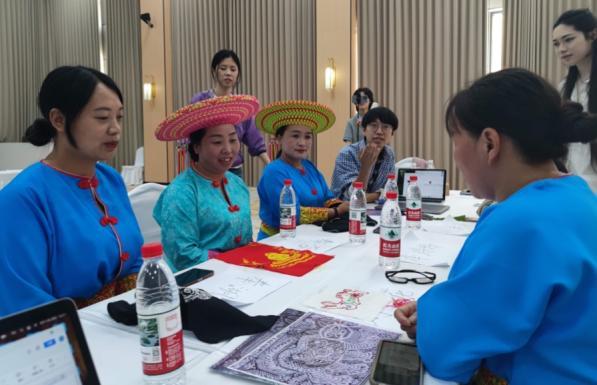
Fig. 2-3 Workshop sessions in Huayao
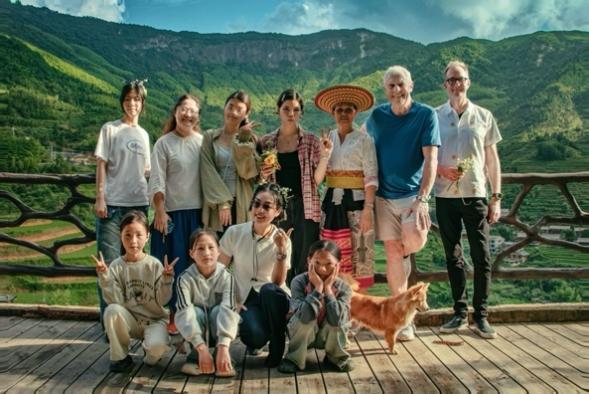
Fig. 4 Field research in Huayao
(Prof. Nick Bryan-Kinns, 1st from right; Prof. Roger Ball, 2nd from right; Prof. Zhang Duoduo, 2nd from left)
As key members of the global Design for Social Innovation and Sustainability (DESIS) network, Hunan University and UAL designed the workshop to investigate how Generative AI (GenAI) impacts vernacular creativity across generations—from ICH inheritors to young practitioners. Using China’s National-level ICH, Huayao cross-stitch embroidery, as a focal point, the team employed field research, focus groups, prototype testing, and co-design methodologies. Their work explored GenAI’s influence on cultural transmission and sparked discussions about future innovation ecosystems for ICH communities.
Pioneering Lecture on AI and Art
On June 16, Professor Nick Bryan-Kinns delivered a lecture titled “Explainable AI for the Arts Manifesto” at School of Design Hunan University. Hosted by Professor Wang Wei, Vice Dean of the school, the session addressed AI’s transformative role in creativity and its ethical challenges—including transparency gaps, amplified biases, ambiguous authorship, and resource monopolization.
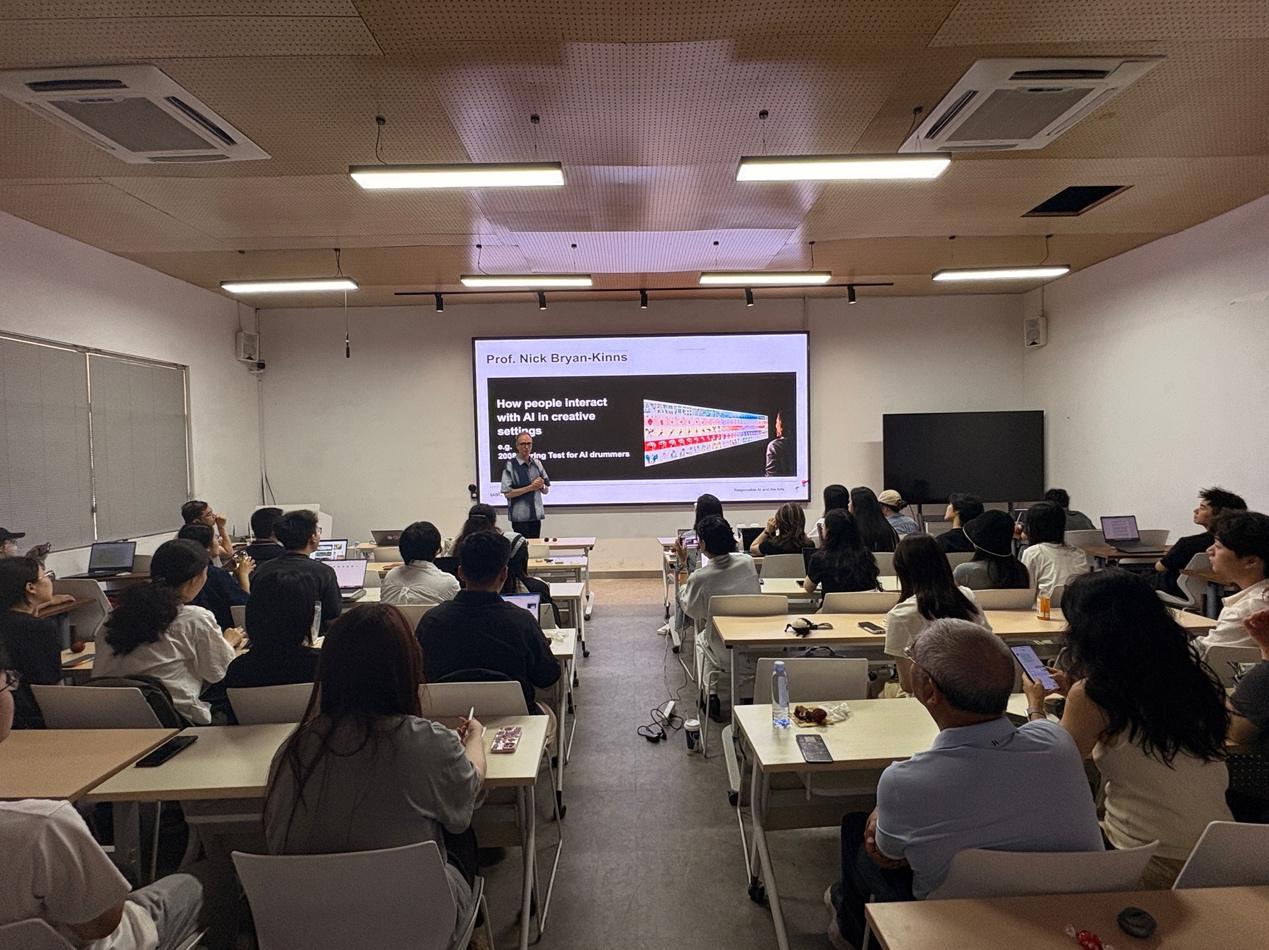
Fig. 5 Prof. Nick Bryan-Kinns lecturing at Hunan University
Drawing on his research, Prof. Bryan-Kinns analyzed Human-Centred AI, Responsible AI, and Explainable AI through policy, implementation, and case studies. He highlighted critical themes at the AI-art intersection: openness, explainability in practice, empowerment, equity, and creative experimentation. The lecture concluded with a call to action, urging practitioners to prioritize small datasets, low-resource models, and speculative artistic practices to ensure AI serves diverse creativity.
Impact and Future Collaboration
The workshop and lecture equipped students with critical frameworks for examining emerging technologies within complex cultural ecosystems. They also ignited deeper reflection on the relationship between GenAI and human creativity. Moving forward, the School of Design at Hunan University plans to strengthen academic ties with UAL and Georgia Tech, using cross-cultural research to advance sustainable futures for local communities in the age of technological disruption.